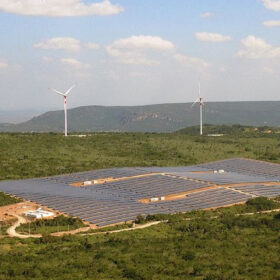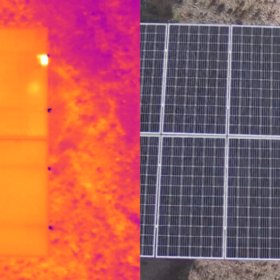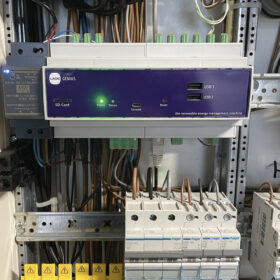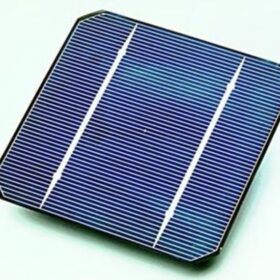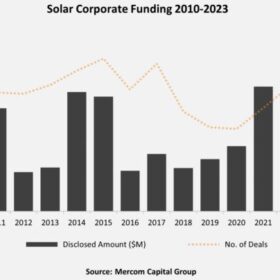The path beyond 5 TW
With the COP28 climate summit in Dubai resulting in a pledge of at least 11 TW of renewables generation capacity by 2030, Bruce Douglas, chief executive officer (CEO) of the Global Renewables Alliance (GRA), examines the outcomes of the conference and their likely impact on the solar industry.
LG launches new residential storage solution
LG has developed two versions of its new enblock E storage system, each with usable energy capacities of 12.4 kWh and 15.5 kWh. It says the two models, sized at 451 mm x 330 mm, can be easily deployed in small spaces.
Entering the renewables era
Following strong global solar installation figures in 2023, Alexa Capital co-founder and partner Gerard Reid sees enormous potential for a renewables revolution.
Research finds climate, degradation rethink on inverter lifespans required
New research from Belgium shows the importance of assessing inverter reliability by including climate-based PV panel degradation rates. The scientists found that, especially in hot and arid climates, PV inverters should be designed with parameters above the standard value.
Weekend read: Artificial opportunities
Artificial intelligence (AI) is hot right now and is finding central applications in homes and businesses as they move from simple grid connections to self-generation, energy storage, electric vehicle charging, and load-shifting revenue streams. With AI everywhere, what’s the difference between advanced control via simple algorithms, and true intelligence?
New anti-reflective coating for silicon solar cells
Developed by an international research group, the novel anti-reflective coating is based on silicon dioxide and zirconium dioxide. It reportedly minimises a solar cell’s reflection loss, while enhancing its light absorption properties.
Rystad tips Australian projects to help propel global green hydrogen growth
Rystad Energy has countered the International Energy Agency’s recent “reality check” for the green hydrogen sector, predicting the momentum behind renewable-based hydrogen will gather pace in 2024 as global renewable energy capacity continues to expand rapidly.
Weekend read: Cracking cell defect detection
After years of improving quality standards, solar cell cracking appears to be on the rise again, perhaps due to new manufacturers entering the sector. Clean Energy Associates’ (CEA) senior engineering manager Claire Kearns-McCoy considers ways to stop the rot.
Solar sites linked to higher levels of insects
Scientists conducting a five-year research project in the United States have observed a tripling of insect numbers near two solar facilities built on rehabilitated agricultural land. They say the findings show how habitat-friendly solar could help protect insect populations and improve pollination in nearby agricultural fields.
Solar corporate funding hits decade-long high in 2023
PV funding activity increased by 42% year-on-year in 2023, driven by strong growth in private market financing and debt financing, despite a decrease in the total number of deals, according to United States-headquartered consultancy Mercom Capital Group.


